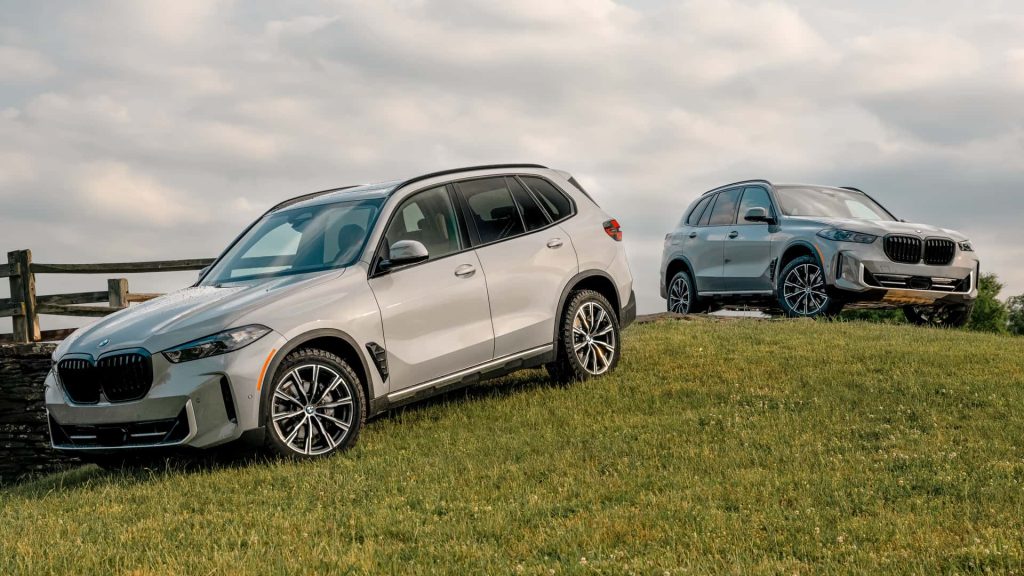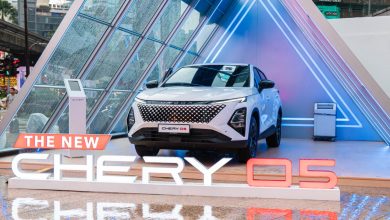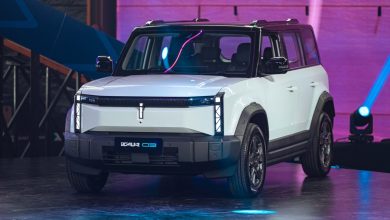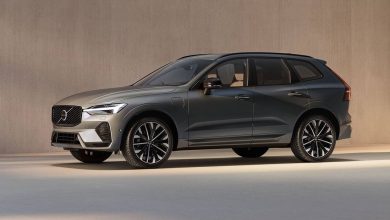BMW X5 Marks Its 25th Birthday With An Off-Road Special Edition
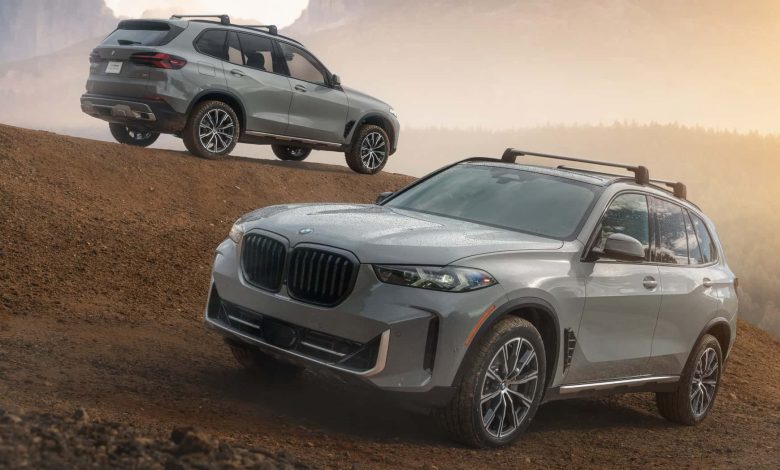
BMW celebrates 25 years of an SUV that built its reputation for on-road prowess with an off-road version.
The X5 is celebrating its 25th birthday this year, and BMW has decided to mark this momentous occasion with an off-road special edition… which is a pretty odd decision really, considering that this was one of the first SUVs that made its mark by working better on-road than off it.
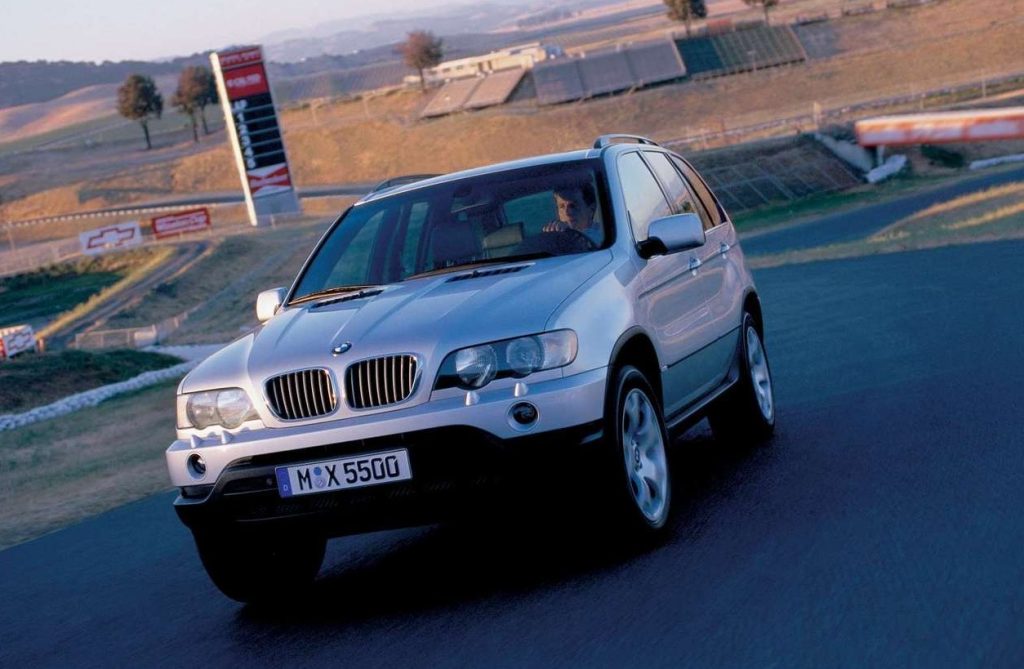
Now credit where credit is due to BMW however, this aptly dubbed Silver Anniversary Edition of X5 does nevertheless sport a few notable bits and bobs to help this primarily road-biased SUV on its way in becoming (slightly) better on the rough stuff. The standard inclusion of the xOffroad Package for instance brings with it an adaptive two-axle air suspension setup offering up to 40 mm of ride height adjustment, a mechanical rear differential lock, as well as additional underbody protection over its front axle.
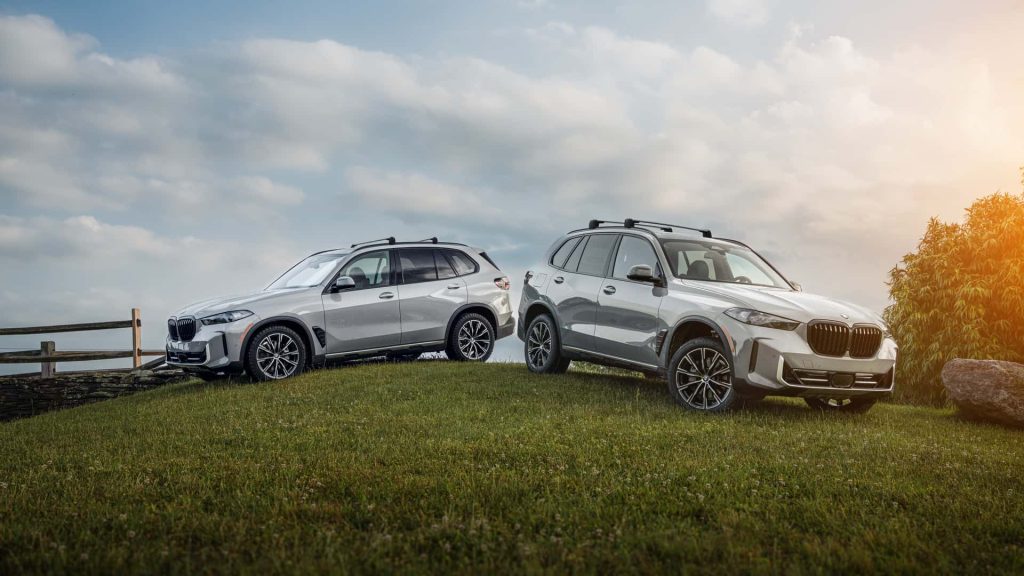
This xOffroad Package further comes with four selectable off-road driving modes: xSnow, xSand, xGravel, and xRocks; with each containing pre-established configurations for the ride height, traction control, gearshifts and acceleration response among other parameters. BMW has also thrown in an xOffroad camera that provides a feed of the surrounding terrain at speeds of up to 35 km/h, with this then to be supplemented is an xOffroad View display in the centre screen that shows the terrain incline, roll tendency and ground clearance.

In its attempt to make it look the part as a utilitarian off-road machine too, BMW has decided to offer the option of pairing the 20-inch two-tone M Sport wheels on these commemorative X5s with a chunky set of General Grabber off-road tyres. These Lime Rock Grey-painted special editions net a roof rack and a trailer hitch as standard as well, while a subtle tailgate badge is to be the only overt sign on its exterior that this is a ‘Silver Anniversary Edition’.


Moving on inside meanwhile, the X5 Silver Anniversary Edition continues in its attempt to bring the off-road lifestyle vibe into what is ostensibly a very road-biased SUV. This therefore results in a set of all-weather floor mats and a luggage compartment mat to be featured alongside the same carbon fibre interior trim as found in the hotter M-badged variants of the X5, with a special commemorative plaque ahead of its gear selector rounding off the commemorative changes within this SUV.

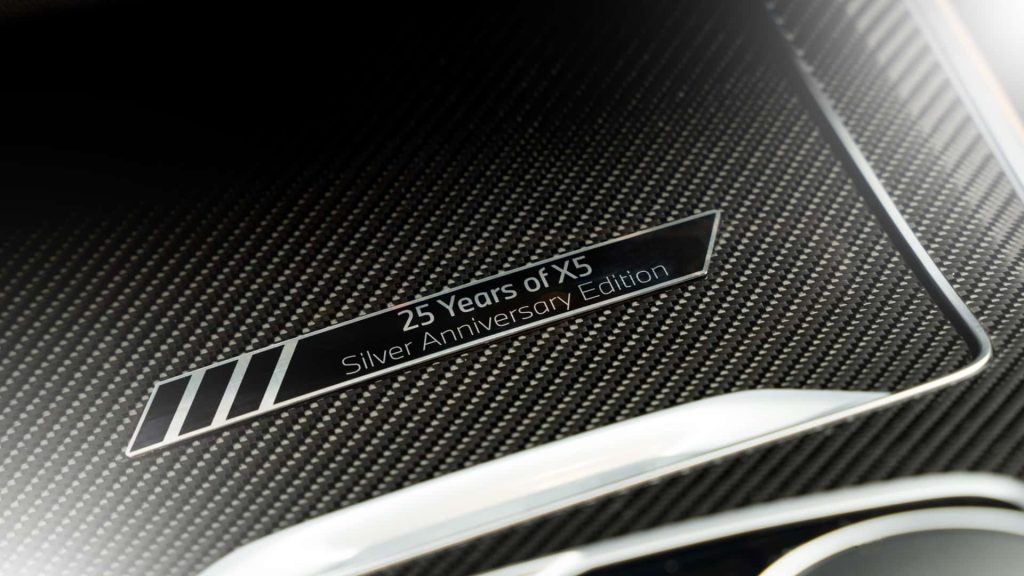
These special edition X5s are currently set to be exclusive to the United States thus far, with around 1,000 examples to be produced from August at BMW’s Spartanburg plant in South Carolina. Each of these commemorative SUVs are currently slated to cost $81,075 (RM 381,000), which sees it to be roughly $12,000 (RM 56,500) more expensive than the xDrive40i on which it is based.
